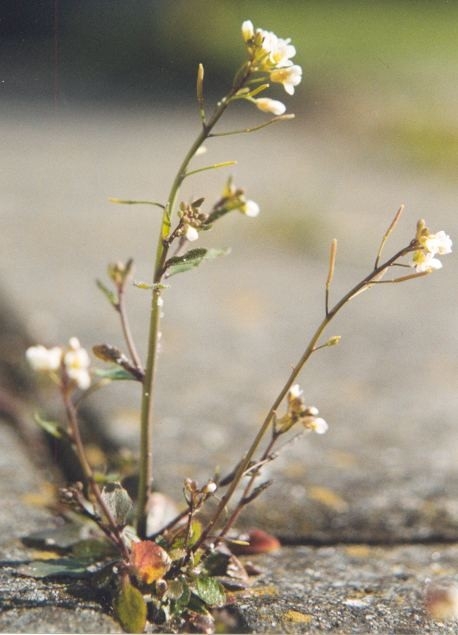- Home
- >
- Plants that consume explosives
-

Trinitrotoluene (TNT), commonly known as yellow powder, was invented by German chemist Julius Wilbrand in 1863. Originally, it was used as a dye. Although its explosive nature was discovered shortly after its invention, it was not until the German military discovered its usefulness that people started to use it as an explosive. Interestingly, the Explosives Act 1875 in the United Kingdom did not include TNT as an explosive.
In 1902, the German military discovered that if TNT was packed into a steel casing, it would only explode after penetrating a warship, unlike the main explosive used at that time, picric acid, which would explode upon contact with the ship's hull. This discovery revealed the stronger destructive power of TNT. After this, Germany, the United Kingdom (in 1907), and the United States (in 1921) started to use TNT. Nowadays, it is commonly used by the military, in mining operations, and in industries to blast rocks.
However, TNT is actually a toxic substance. After an explosion, a large amount of TNT can seep into the soil and is difficult to remove. It can cause skin irritation and discoloration. During World War I, workers who handled TNT regularly had yellow hands and were nicknamed "canaries". Long-term exposure to TNT can cause anemia, abnormal liver function, enlarged spleen, and has been found to be carcinogenic in laboratory rats, making it a potential carcinogen. Additionally, TNT can inhibit plant root growth, affecting the overall health of plants. Due to its widespread use in military and mining operations, the pollution caused by TNT has received significant attention and has been a focus of the United States Environmental Protection Agency (EPA).
Given that plants can absorb TNT, researchers have explored the idea of using plants to remediate TNT-contaminated soil. However, plants that absorb TNT experience inhibited root growth, resulting in poor plant development. Finding mutant plants that are not affected by this inhibition could potentially be used for phytoremediation. Recently, a research team from the United Kingdom found a mutant strain called mdhar6 in Arabidopsis thaliana (a type of mustard plant) that is not affected by TNT's inhibitory effects.
The MDHAR6 gene in Arabidopsis thaliana encodes an enzyme responsible for detoxification called monodehydroascorbate reductase 6. Arabidopsis thaliana has a total of five MDHAR genes, located in different organelles such as plastids and mitochondria. These genes are responsible for reducing oxidized vitamin C. Researchers found that when the MDHAR6 gene is disrupted, the mdhar6 mutant strain can consume a significant amount of TNT without being poisoned.
The initial function of this enzyme is detoxification, so why does the disruption of the detoxification gene allow the mutant strain to consume more toxin? It turns out that MDHAR6 primarily functions in plastids and mitochondria, where it reduces TNT to negatively charged molecules. These negatively charged TNT molecules then transfer electrons to oxygen, resulting in the production of reactive oxygen species (ROS). When ROS are generated, they can cause damage to various macromolecules within cells. Therefore, the mdhar6 mutant strain, lacking MDHAR6, does not reduce TNT to the same extent, and as a result, does not produce ROS, allowing it to consume large amounts of TNT without being poisoned.
The research team found that when mdhar6 mutant plants were grown in soil containing 100 milligrams (mg) of TNT per kilogram, they were able to remove over 40% of TNT within five weeks. However, due to the uniqueness of this mechanism, when the research team tested other capabilities of mdhar6 mutants, such as resistance to other substances like salt, paraquat (a herbicide that produces ROS), and hydrogen peroxide, they found no significant difference compared to normal plants. Nevertheless, the ability to consume large amounts of TNT and remain unaffected is already an impressive trait on its own.
